Countermeasures Against State-Sponsored APT Operations Worldwide
State-sponsored Advanced Persistent Threats (APTs) have become the defining challenge for cybersecurity professionals in 2025, with attacks growing in sophistication, persistence, and global reach. High-profile breaches targeting critical infrastructure, telecommunications, and government entities underscore the urgent need for robust, adaptive countermeasures. This article examines the evolving tactics of state-sponsored APTs and the comprehensive strategies being […] The post Countermeasures Against State-Sponsored APT Operations Worldwide appeared first on Cyber Security News.

State-sponsored Advanced Persistent Threats (APTs) have become the defining challenge for cybersecurity professionals in 2025, with attacks growing in sophistication, persistence, and global reach.
High-profile breaches targeting critical infrastructure, telecommunications, and government entities underscore the urgent need for robust, adaptive countermeasures.
This article examines the evolving tactics of state-sponsored APTs and the comprehensive strategies being deployed to defend against them.
The Evolving Threat Landscape
The anatomy of APT operations has shifted dramatically in 2025. State-backed groups now routinely leverage artificial intelligence (AI) to enhance spear-phishing, automate reconnaissance, and generate convincing social engineering content.
Major AI providers have reported terminating accounts linked to state-affiliated actors using large language models for targeted attacks.
Groups like Lazarus have even used AI-generated images to lure victims to malicious sites, exploiting zero-day vulnerabilities for financial gain.
Supply chain attacks have also surged, with APTs embedding malware in legitimate software to compromise thousands of downstream targets, as seen in the SolarWinds breach attributed to Russia’s APT29.
The convergence of IT and operational technology (OT) in industrial sectors has expanded the attack surface, enabling groups such as China’s Volt Typhoon to pre-position themselves within critical infrastructure for long-term espionage or potential sabotage.
Key Tactics and Techniques
- Living Off the Land (LOTL): State-sponsored actors increasingly exploit legitimate system tools to blend in with regular network activity, evading traditional detection methods.
- Zero-Day Exploitation: Groups like Salt Typhoon and Volt Typhoon have exploited unpatched vulnerabilities in widely used systems, including VPNs and SD-WAN controllers, to gain and maintain persistent access.
- Credential Harvesting and Social Engineering: Russian-linked groups like Star Blizzard have refined spear-phishing tactics, using fake domains and QR codes to bypass multi-factor authentication and harvest credentials from high-value targets.
- Supply Chain and Cloud Attacks: APTs now routinely target cloud infrastructure and software supply chains, embedding themselves in trusted environments to maximize reach and impact.
Comprehensive Countermeasures
Defending against state-sponsored APTs requires a multilayered, adaptive approach that addresses technical and human vulnerabilities. Key countermeasures include:
1. Advanced Detection and Monitoring
- Behavioral Analytics: Deploy AI-driven tools capable of identifying abnormal patterns and behaviors that signal APT activity, surpassing traditional signature-based defenses.
- Continuous Traffic Analysis: Monitor both inbound and outbound network traffic for indicators of compromise, such as unusual data flows or command-and-control communications.
- Internal Segmentation: Divide networks into secure zones to limit lateral movement, ensuring a breach in one segment does not compromise the entire organization.
2. Rigorous Access Controls
- Least Privilege Principle: Restrict user and system privileges to the minimum necessary, reducing the risk posed by compromised accounts.
- Multifactor Authentication (MFA): Enforce encrypted MFA across all critical systems to prevent unauthorized access and ensure secure channels for authentication to mitigate interception risks.
- Privileged Access Management: Closely monitor and control administrative credentials, prime targets for APT actors.
3. Proactive Vulnerability Management
- Timely Patching: Prioritize and automate the patching of known vulnerabilities, especially in internet-facing and critical infrastructure systems.
- Regular Security Assessments: Conduct frequent vulnerability scans and penetration tests to identify and remediate weaknesses before they can be exploited.
4. Human-Centric Defenses
- Security Awareness Training: Continuously educate employees about the latest APT tactics, including spear-phishing and social engineering, to foster a culture of vigilance.
- Phishing Simulations: Regularly test staff with simulated attacks to reinforce best practices and identify areas for improvement.
5. Incident Response and Threat Intelligence
- Comprehensive Response Plans: Develop and routinely test incident response procedures to ensure rapid containment and breach recovery.
- Threat Intelligence Integration: Leverage real-time intelligence feeds to stay ahead of emerging APT tactics, techniques, and procedures (TTPs), and collaborate with industry peers and government agencies for collective defense.
- Backup and Recovery: Maintain robust, regularly tested backup systems to ensure resilience against destructive attacks or data breaches.
6. Securing Cloud and Remote Access
- Cloud Security Best Practices: Implement strong identity and access management for cloud environments, monitor for anomalous activity, and ensure data encryption at rest and in transit.
- Remote Desktop Protocol (RDP) Hardening: To prevent exploitation, disable unnecessary remote access services or secure them with strong authentication and network segmentation.
A Global, Collaborative Effort
The rapid evolution of state-sponsored APT operations demands a coordinated, global response. Law enforcement agencies and cybersecurity authorities have intensified efforts to disrupt APT infrastructure and issue timely security advisories.
Meanwhile, cross-sector collaboration and information sharing are vital in raising collective defenses and mitigating the impact of sophisticated cyber campaigns.
As geopolitical tensions fuel the rise of state-sponsored cyber operations, organizations worldwide must adopt a proactive, layered defense strategy, combining advanced technology, human vigilance, and international cooperation to stay ahead of the persistent and ever-adapting threat posed by APTs.
In 2025, resilience against these threats is a technical imperative and a cornerstone of national and economic security.
Find this News Interesting! Follow us on Google News, LinkedIn, & X to Get Instant Updates!
The post Countermeasures Against State-Sponsored APT Operations Worldwide appeared first on Cyber Security News.



















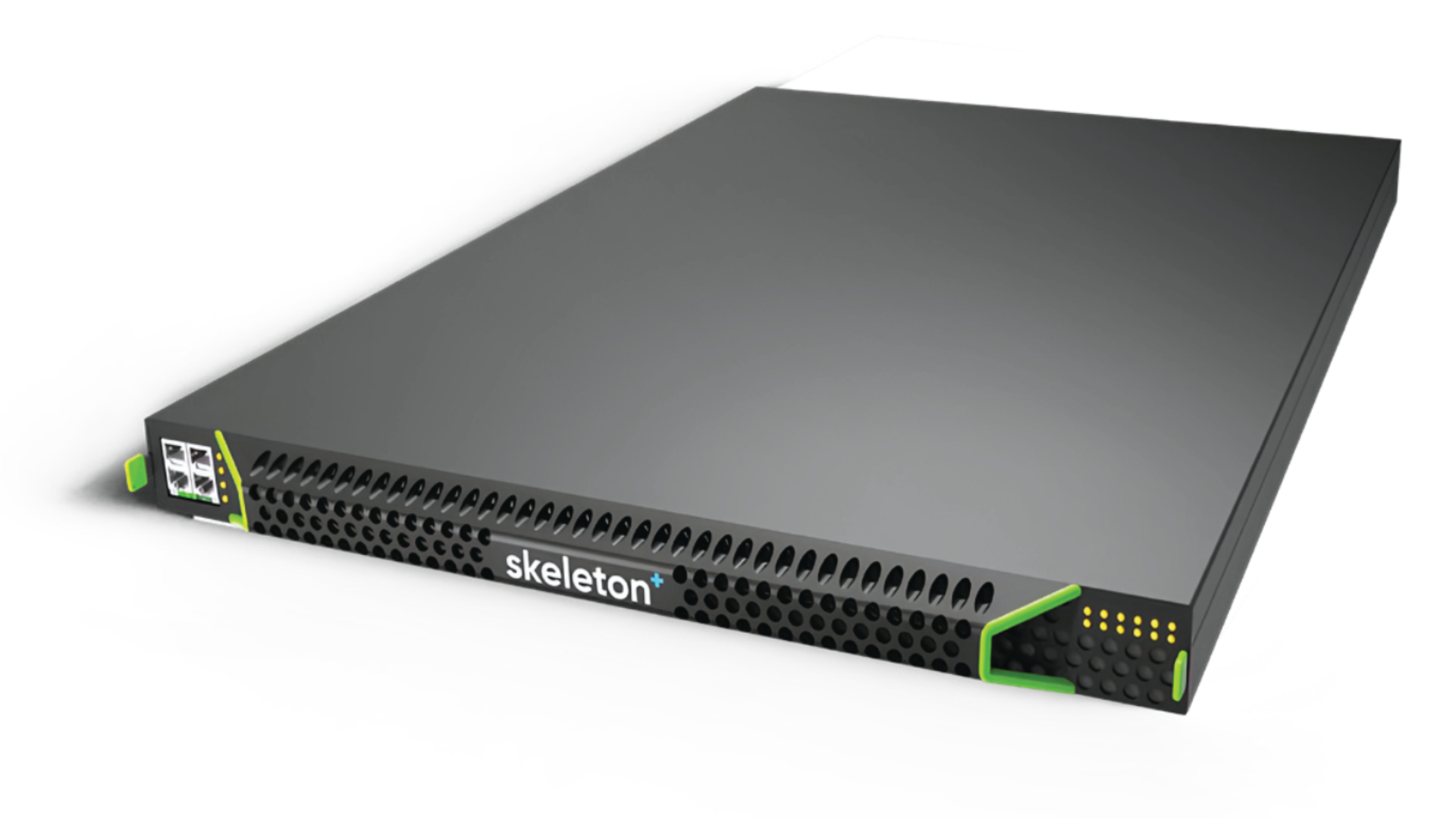








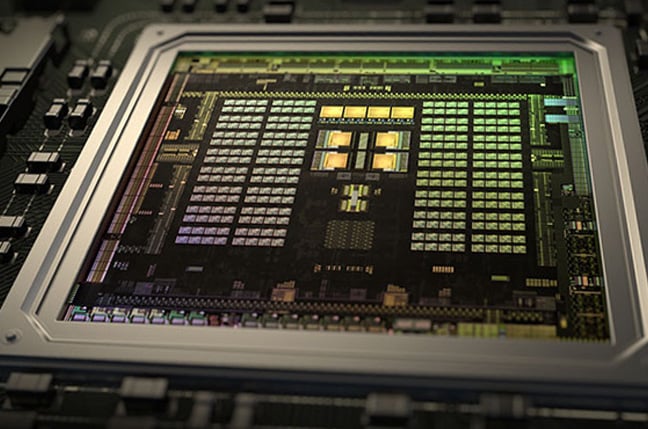


























































































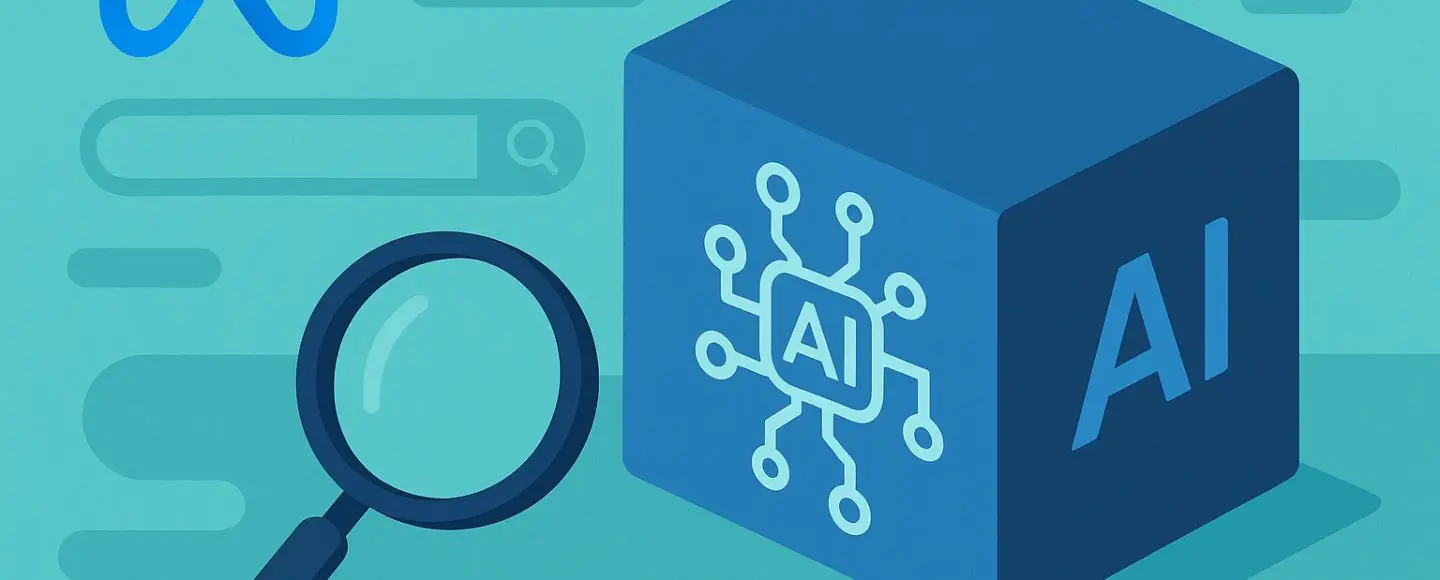






















































![[The AI Show Episode 150]: AI Answers: AI Roadmaps, Which Tools to Use, Making the Case for AI, Training, and Building GPTs](https://www.marketingaiinstitute.com/hubfs/ep%20150%20cover.png)
![[The AI Show Episode 149]: Google I/O, Claude 4, White Collar Jobs Automated in 5 Years, Jony Ive Joins OpenAI, and AI’s Impact on the Environment](https://www.marketingaiinstitute.com/hubfs/ep%20149%20cover.png)













































































































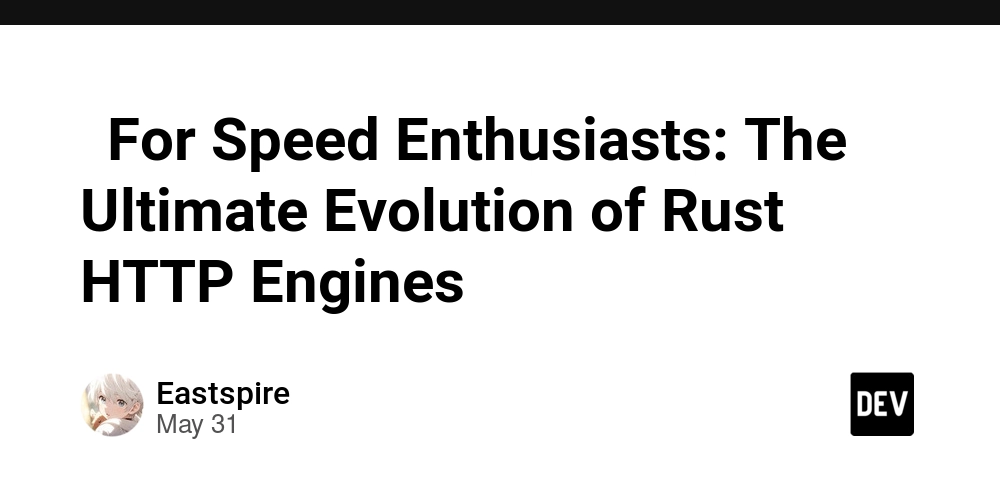


















![How to Survive in Tech When Everything's Changing w/ 21-year Veteran Dev Joe Attardi [Podcast #174]](https://cdn.hashnode.com/res/hashnode/image/upload/v1748483423794/0848ad8d-1381-474f-94ea-a196ad4723a4.png?#)





































































































































_ArtemisDiana_Alamy.jpg?width=1280&auto=webp&quality=80&disable=upscale#)








































































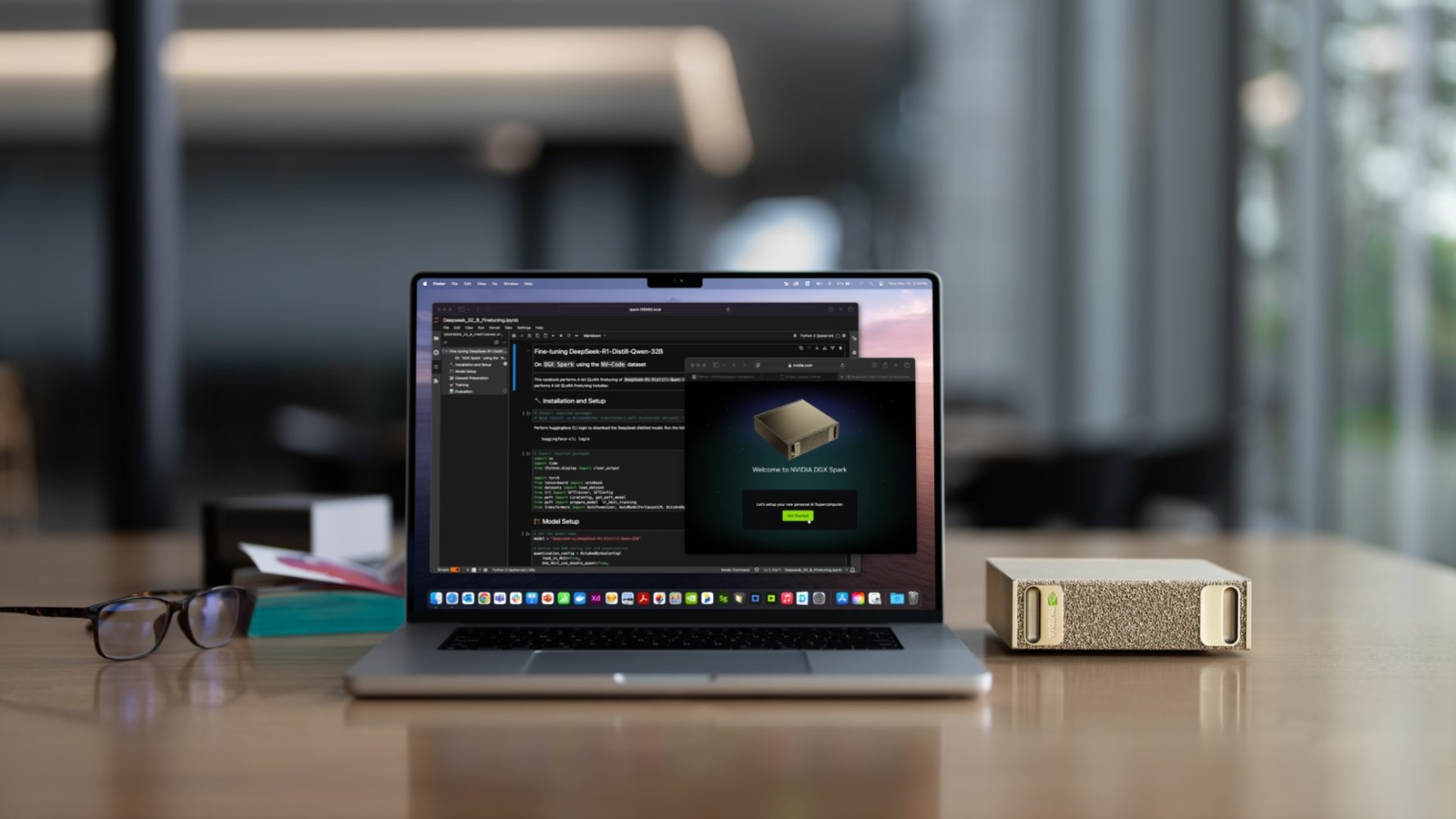


















![In the market for a new router? Here are 13 models to avoid, according to the FBI [U]](https://i0.wp.com/9to5mac.com/wp-content/uploads/sites/6/2025/04/Most-Americans-are-paying-more-for-broadband-%E2%80%93-here-are-four-solutions.jpg?resize=1200%2C628&quality=82&strip=all&ssl=1)




![Galaxy S25 Ultra gets ‘Arc’ case that leaves the phone mostly exposed – available for Pixel 9 too [Gallery]](https://i0.wp.com/9to5google.com/wp-content/uploads/sites/4/2025/05/arc-pulse-case-galaxy-s25-ultra-1.jpg?resize=1200%2C628&quality=82&strip=all&ssl=1)
















![Apple 15-inch M4 MacBook Air On Sale for $1023.86 [Lowest Price Ever]](https://www.iclarified.com/images/news/97468/97468/97468-640.jpg)




































































